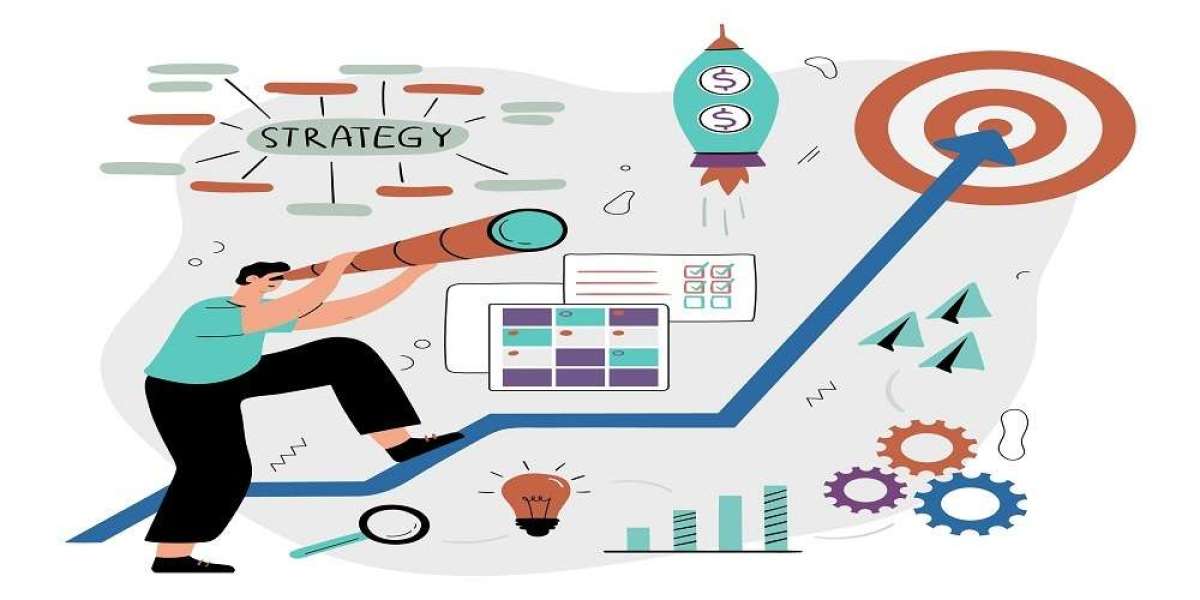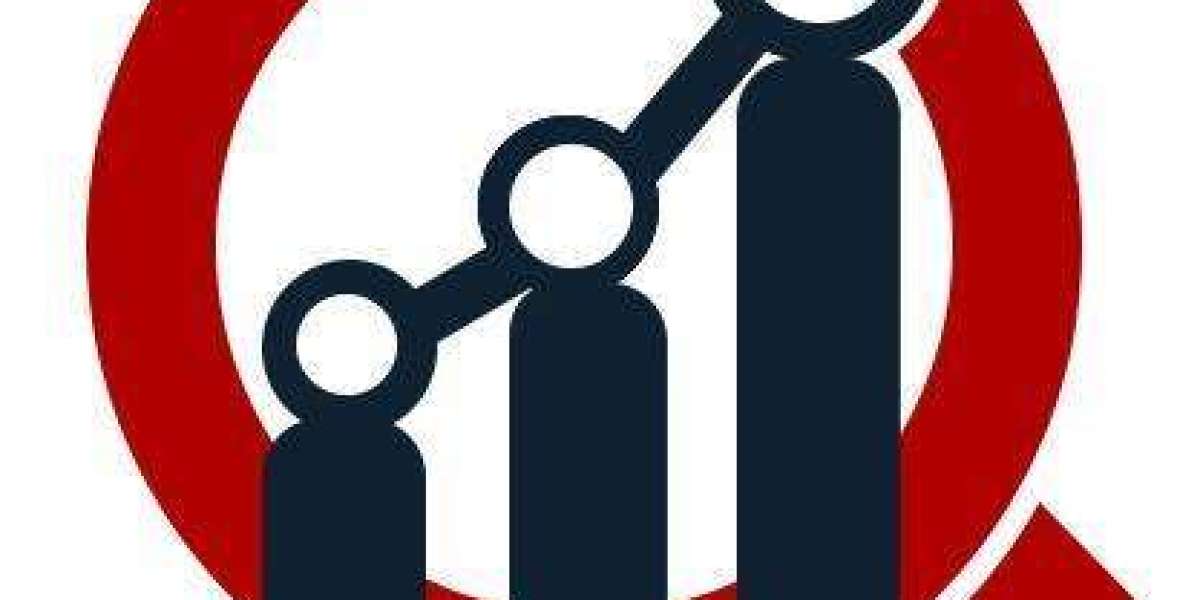In the ever-evolving landscape of business, staying ahead of market trends is not just an advantage; it's a necessity. The advent of intelligent demand forecasting software has marked a significant milestone in how businesses approach market analysis and strategy development. This technology, powered by artificial intelligence (AI) and machine learning, offers a level of precision and insight previously unattainable, allowing businesses to not only keep pace with market trends but also to anticipate and shape them.
What is Demand Forecasting?
Demand forecasting is a critical component of modern business operations that involves predicting future customer demand for a company's products or services. It is the process of using historical data, statistical analysis, and advanced technologies like artificial intelligence (AI) and machine learning to make informed estimates about the quantity and timing of future sales.
The Importance of Demand Forecasting
Demand forecasting is not just about making educated guesses; it is a strategic tool that can have a profound impact on a company's success. Here are some key reasons why demand forecasting is crucial for businesses:
1. Efficient Resource Allocation:
Demand forecasting helps businesses allocate their resources more efficiently. By accurately predicting demand, a company can optimize its production, staffing, and inventory levels. This prevents overproduction, reduces carrying costs, and minimizes the risk of stockouts.
2. Improved Customer Satisfaction:
When a business can meet customer demand consistently, it leads to higher customer satisfaction. Customers are more likely to remain loyal and provide positive feedback when they can rely on a company to deliver what they need when they need it.
3. Cost Reduction:
Accurate demand forecasting can significantly reduce operating costs. By avoiding excessive inventory or production, a company can save on storage costs, reduce waste, and minimize the need for costly expedited shipments to fulfill unexpected orders.
4. Strategic Decision-Making:
Demand forecasts provide valuable insights for strategic decision-making. Companies can use these forecasts to plan product launches, marketing campaigns, and expansion strategies. It also helps in identifying opportunities for growth and risk mitigation.
Traditional vs. Intelligent Demand Forecasting
While traditional demand forecasting methods rely on historical data and statistical techniques, intelligent demand forecasting leverages the power of AI and machine learning. Here's how these two approaches differ:
Traditional Demand Forecasting:
- Relies on historical data and statistical models.
- Often assumes linear patterns and may not capture complex trends.
- May require manual adjustment and expertise to account for outliers.
- Limited ability to adapt to changing market conditions.
Intelligent Demand Forecasting:
- Utilizes AI and machine learning to analyze vast amounts of structured and unstructured data.
- Identifies intricate patterns and trends that traditional methods might miss.
- Continuously improves accuracy over time by learning from new data.
- Offers greater adaptability and responsiveness to changing market dynamics.
How Intelligent Demand Forecasting Works
Intelligent demand forecasting software operates by processing a wide range of data sources, including historical sales data, market trends, social media mentions, economic indicators, and even weather forecasts. These data points are then analyzed using machine learning algorithms to identify patterns and correlations.
The software learns from past forecasting performance and refines its models to enhance accuracy. This iterative learning process ensures that the forecasts become increasingly precise as more data becomes available.
Intelligent demand forecasting also allows for scenario analysis, enabling businesses to simulate different situations and assess the potential impact of various strategies. This capability enhances strategic planning and risk management.
Understanding the Power of AI in Demand Forecasting
At the core of intelligent demand forecasting software lies the power of AI and machine learning. These technologies have transformed the landscape of data analysis and interpretation. Unlike traditional methods, which often rely on linear, historical data analysis, AI-driven software can process vast amounts of data, both structured and unstructured, to identify complex patterns and trends. This capability allows businesses to make more accurate predictions about future market behaviors, customer preferences, and potential shifts in demand.
The use of machine learning algorithms means that the software continuously improves its forecasting accuracy. As it ingests more data over time, it refines its models and assumptions, leading to increasingly precise predictions. This aspect of self-improvement and adaptation is what sets intelligent demand forecasting apart from traditional methods.
The Multifaceted Benefits of Intelligent Demand Forecasting
Implementing intelligent demand forecasting software brings a multitude of benefits to businesses. One of the most significant is the increase in forecast accuracy. With more precise predictions, companies can make better-informed decisions about inventory management, production planning, and resource allocation. This accuracy helps in minimizing waste, reducing costs associated with overproduction or stockouts, and optimizing supply chain operations.
Another key benefit is the ability to respond more swiftly and effectively to market changes. In today's fast-paced business environment, the ability to quickly adapt to new trends can be the difference between thriving and merely surviving. Intelligent demand forecasting provides businesses with the insights needed to be agile and responsive, enabling them to capitalize on new opportunities and mitigate risks more effectively.
Real-World Applications and Success Stories
The practical applications of intelligent demand forecasting are as diverse as the business landscape itself. Retailers, for instance, use it to predict seasonal fluctuations in customer demand, allowing them to stock their shelves with the right products at the right time. Manufacturers leverage it to plan production schedules and manage supply chains more efficiently, reducing lead times and improving customer satisfaction.
Success stories abound across various industries. For example, a major online retailer used intelligent demand forecasting to optimize its inventory levels across multiple warehouses, resulting in a significant reduction in holding costs and a marked improvement in delivery times. A manufacturing company implemented the software to anticipate demand for its products in different regions, leading to a more efficient distribution network and increased sales.
Integrating Intelligent Demand Forecasting into Business Operations
The integration of intelligent demand forecasting software into business operations is a strategic process that involves several key steps. The first step is selecting the right software that aligns with the specific needs and goals of the business. This selection process should consider factors such as the scale of operations, the complexity of the supply chain, and the specific challenges the business faces.
Once the appropriate software is selected, the next step is implementation. This stage involves setting up the software, integrating it with existing systems, and ensuring that it has access to the necessary data. It's crucial to ensure that the data fed into the software is of high quality, as the accuracy of the forecasts depends largely on the quality of the data.
Training and adaptation are also critical components of the integration process. Employees need to be trained on how to use the software effectively and how to interpret its outputs. Additionally, business processes may need to be adapted to fully leverage the insights provided by the software.
The Future of Demand Forecasting and Its Evolving Landscape
Looking to the future, the field of demand forecasting is poised for even more groundbreaking advancements. The integration of newer AI technologies, such as deep learning and neural networks, promises to further enhance the accuracy and capabilities of forecasting software. These advancements will enable businesses to not only predict market trends with greater precision but also to simulate various scenarios and assess the potential impact of different strategies.
Moreover, as the Internet of Things (IoT) continues to expand, the amount of data available for analysis will grow exponentially. This proliferation of data will provide even more fuel for AI-driven forecasting tools, allowing them to uncover deeper insights and provide more nuanced predictions.
Conclusion
In conclusion, intelligent demand forecasting software represents a paradigm shift in how businesses approach market analysis and strategy development. By harnessing the power of AI and machine learning, these tools provide businesses with the insights needed to make more accurate predictions, respond effectively to market changes, and stay ahead of the competition. As technology continues to evolve, the potential of intelligent demand forecasting will only grow, further revolutionizing the business landscape.
Step Ahead in the Market: Leverage AI for Smart Sales Predictions with https://thousense.ai/



